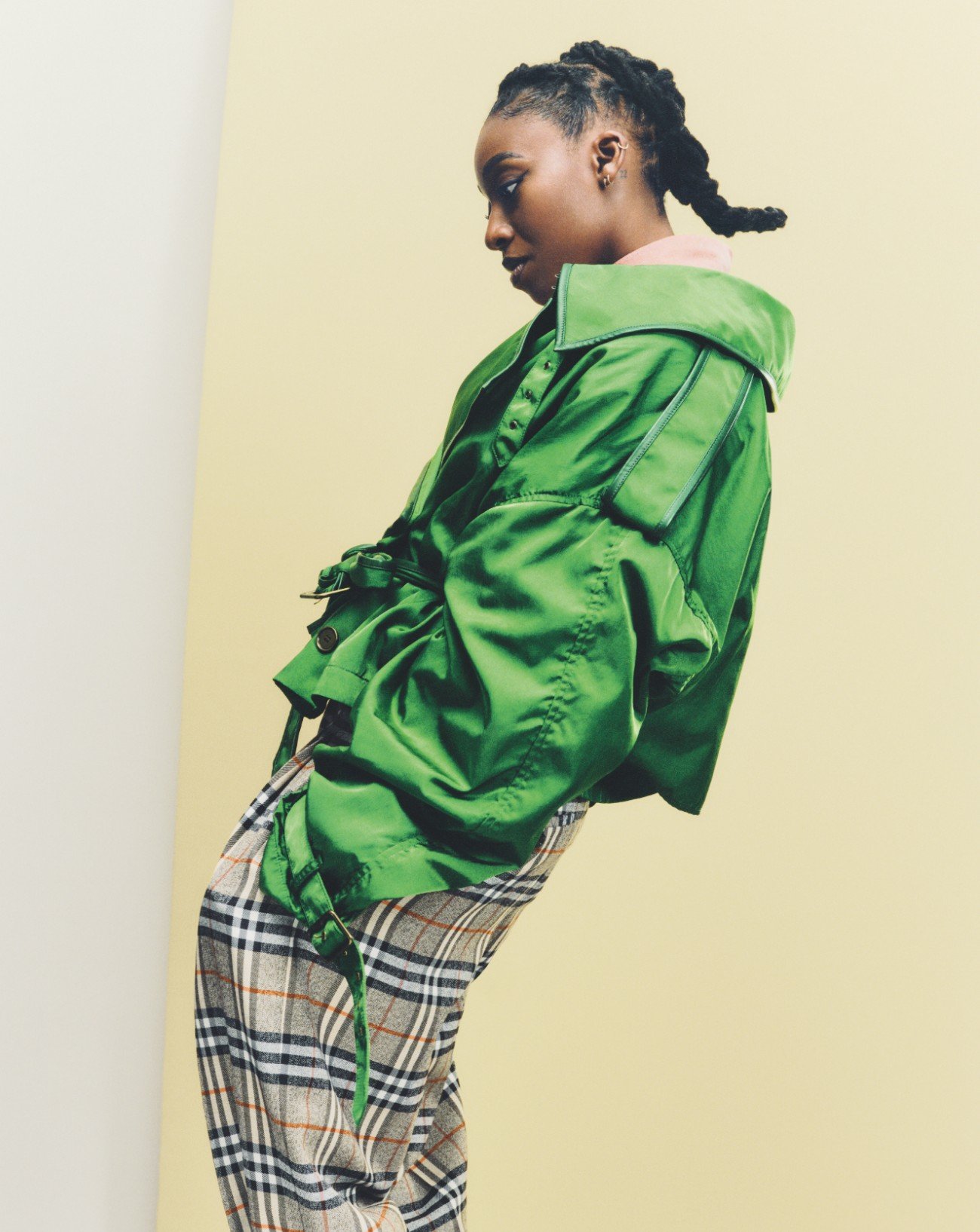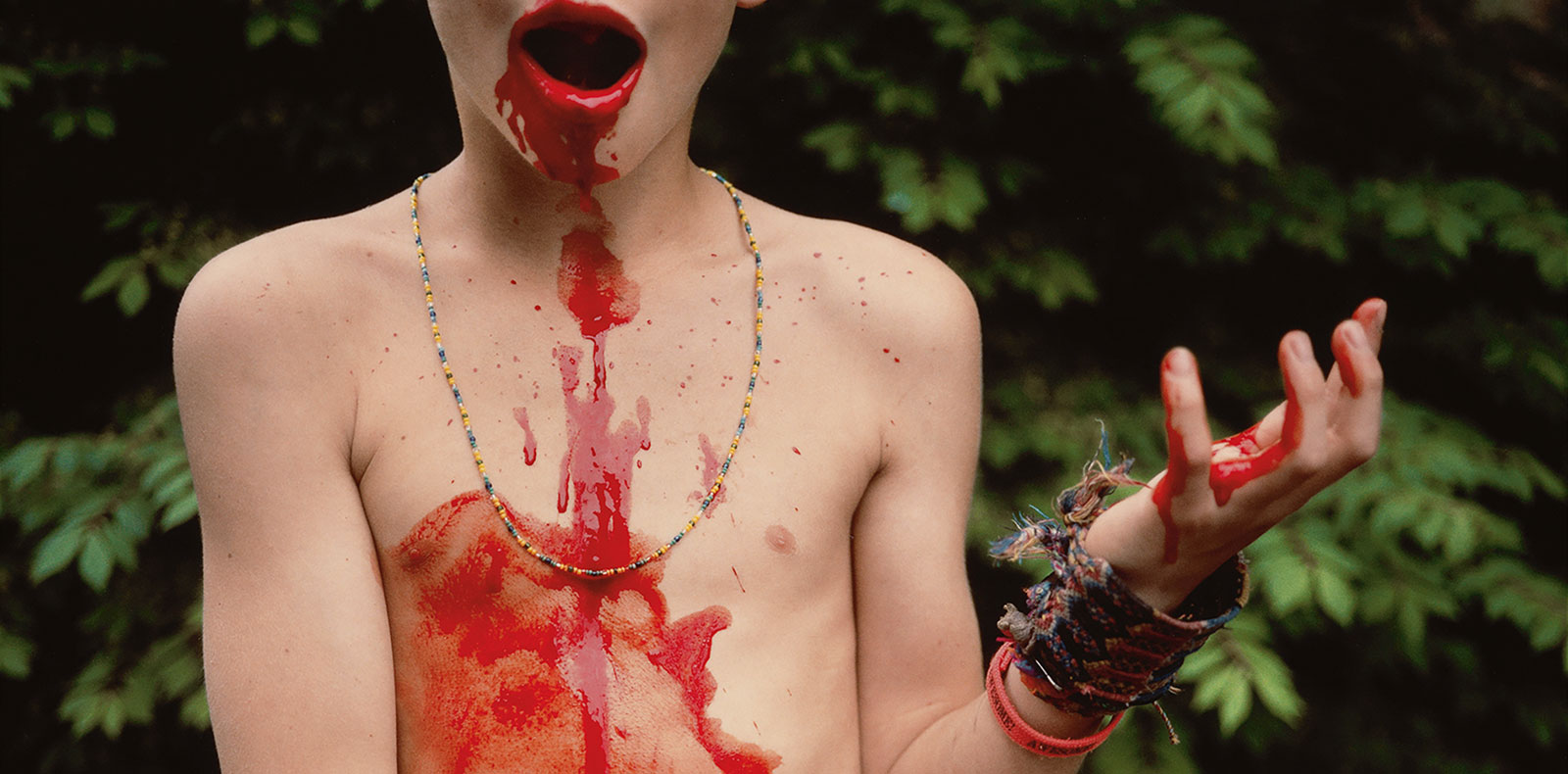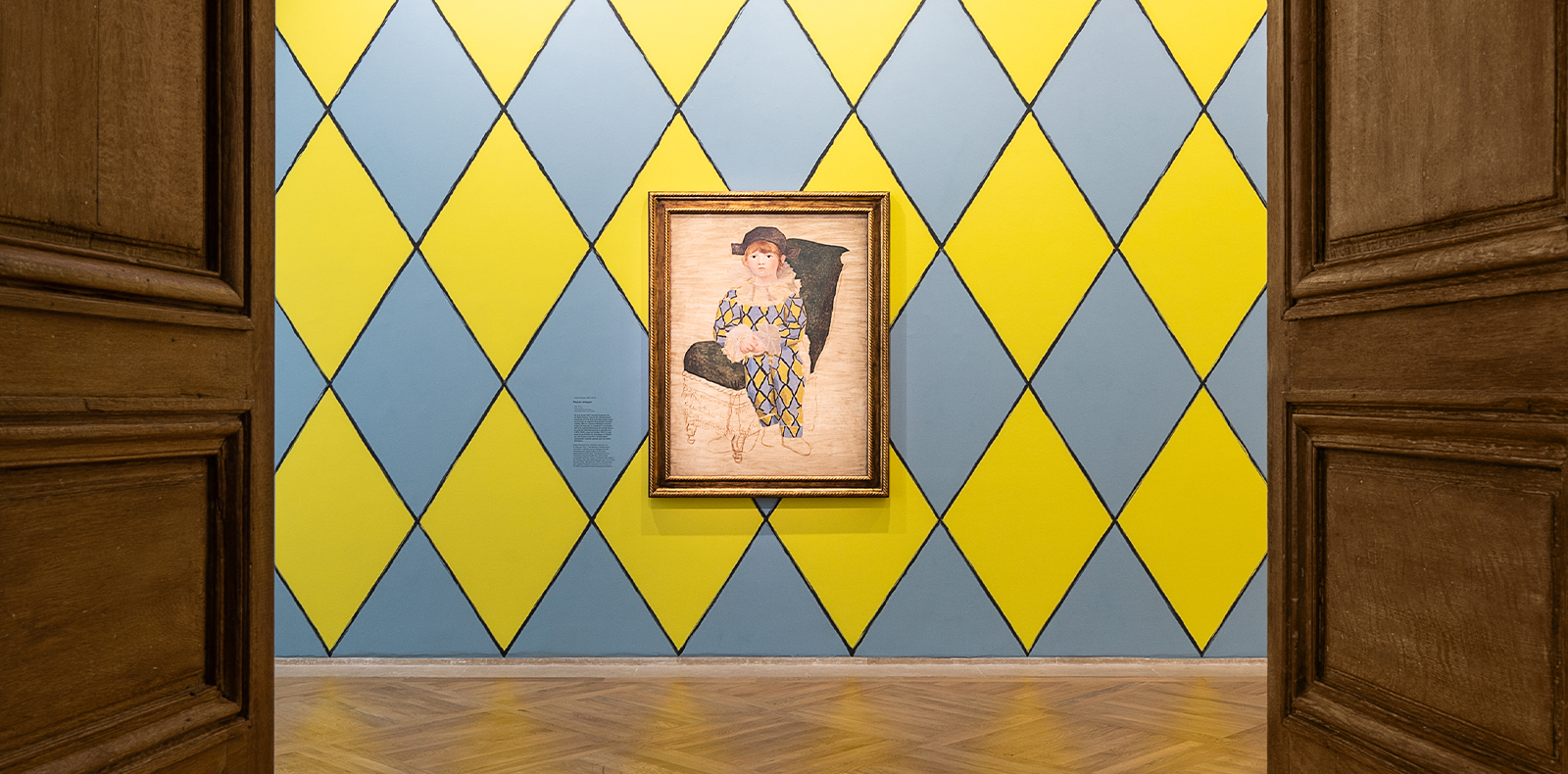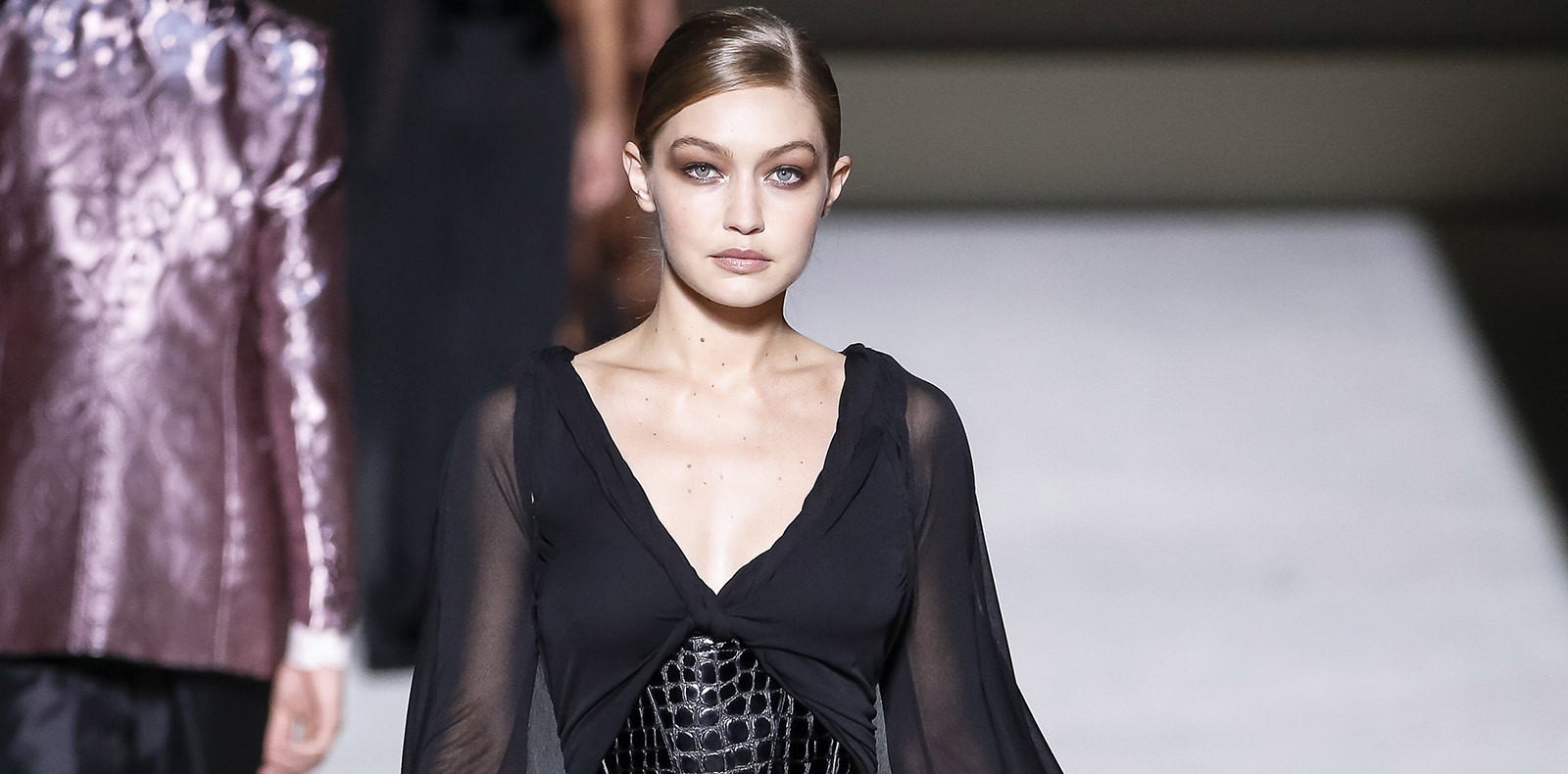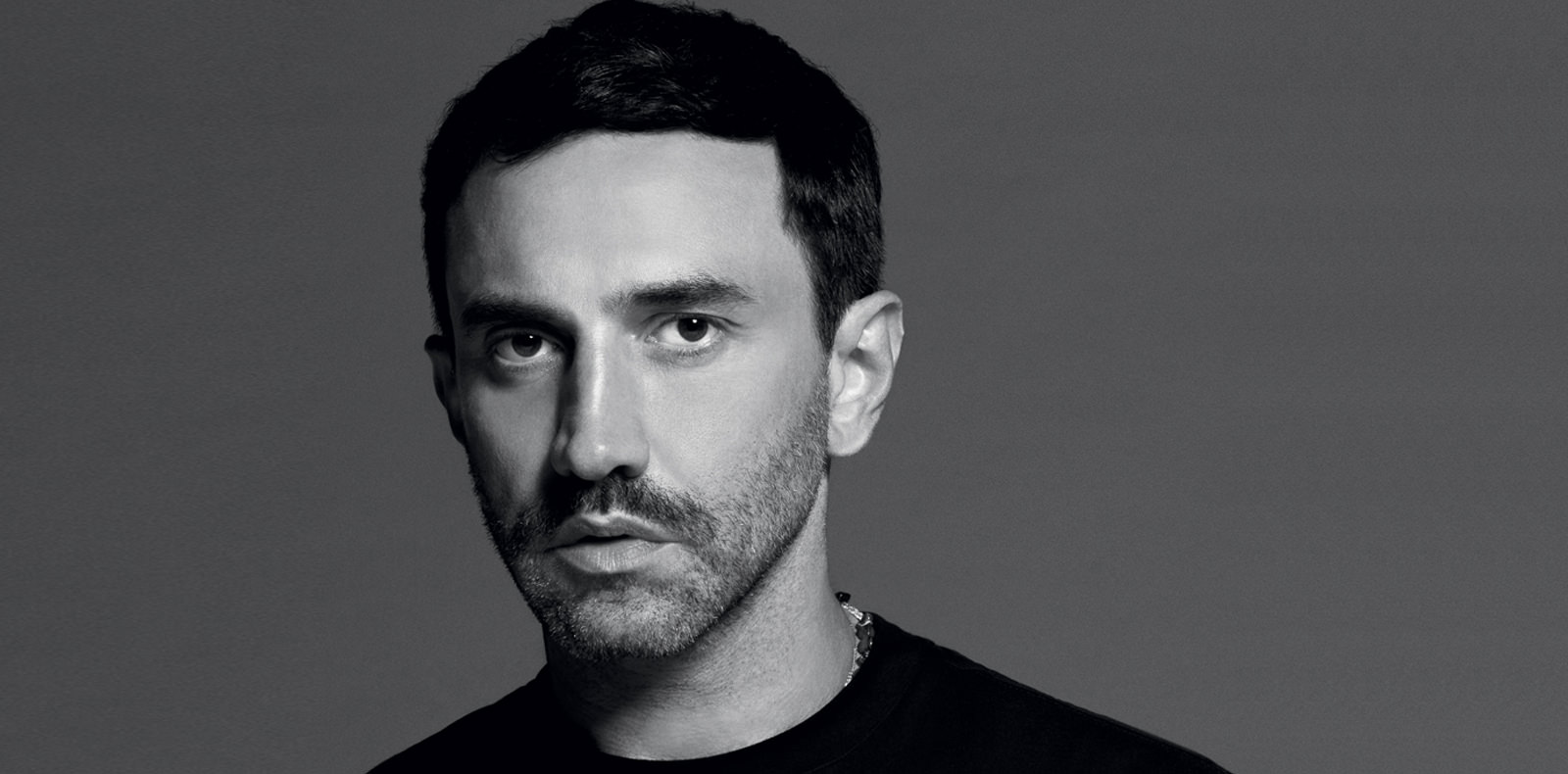
8
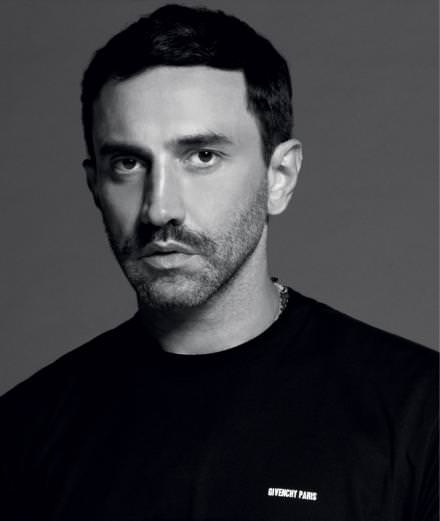
8
“I would never get close to celebrities for strategic reasons”, Riccardo Tisci exclusive confidences
Rihanna, Julia Roberts, Donatella Versace, Kim Kardashian… Riccardo Tisci, Givenchy’s artistic director, speaks about his privileged relationship with fashion, art and music celebrities.
by Delphine Roche.
Numéro: Why did you decide to make your autumn/winter-2016 runway show a celebration of love?
Riccardo Tisci: I wanted to send a message out into the world that reflected my experience. I’ve been poor, I’ve struggled, like many people right now. My only weapon was my absolute conviction, my belief in the power of love. I’m so lucky to be where I am today. Every day we hear about wars, the destructive power of hate, and we forget about the power of love. I wanted to remind everyone of that.
The show was co-staged with the artist Marina Abramovic, who’s also a friend of yours. Can you tell us about your working relationship with her?
Marina and I are very close. In interviews she often says she’s my adoptive mother. So I suggested that she work with me on this project. We’ve often worked together before [notably on a staging of Ravel’s Boléro at the Paris Opera, for which Abramovic designed the sets and Tisci the costumes], but this was the first time we did a runway show together. I told her I wanted to evoke the idea of a marriage, of a bride and groom. It was interesting, because people often say to both of us that our worlds are rather dark. So it was a way of showing that we’re currently turning a page. We evoked the idea of universal love, of the sacred, without referring to any particular religion. The sets [reminiscent of temporary shelters] were made of recycled materials. Marina devised several performances which took place during the show.
Wasn’t it rather perilous, or any rate audacious, to put on a show like this in New York on 11 September, the anniversary of the World Trade Center attacks?
When we announced that we wanted to celebrate love on 11 September, we got a lot of negative reactions. How could a European dare to stage a runway show in New York on that day? But 11 September 2001 wasn’t a day of tragedy for the U.S. alone – it was a day of tragedy for the whole world. Just as the whole world stopped after the terrible attacks that recently struck Paris. The best part of the show had nothing to do with either clothes or celebrities: the sky that evening was incredibly beautiful. God gave me this magical, suspended moment. And the audience was clearly very happy to be part of it, so much so that afterwards the negative comments stopped, because we had offered this beautiful moment to the city of New York and to the world. We demonstrated that fashion isn’t necessarily superficial. Moreover, I’ve always been in love with America – New York, in particular, has been a dream of mine since childhood. I fantasized about this city where all sorts of cultures mix, and where you can become someone. I thought it would be a great place to stage my runway show. Once the decision had been taken, it was very important to me to open it up to ordinary people who wouldn’t usually be able to go to a fashion show [over 800 people were invited via the internet]. I wanted the event to become democratic, to show both New York and the power of the street.
At Givenchy, you’ve attracted a young clientele with your sophisticated T-shirts and sweatshirts, which have become cult objects. Are they as important in your view as haute-couture gowns?
They’re there because I was like all the young people who dream about fashion. I was obsessed by Helmut Lang, and though I couldn’t afford to buy a jacket, I saved up to buy a pair of jeans. When I came to Givenchy, I made my intentions clear straight away: “Of course we have to make haute-couture gowns for the wealthiest clients, you have to make people dream because this is a luxury house. But let’s also offer clothing for the young – jeans, T-shirts, sweatshirts, trainers, rucksacks.” To spread love, you have to think beyond the richest fringe of the world’s population. So many people work hard – they should be able to join the “Givenchy gang” if they want, and more generally the “fashion gang.”
Marina Abramovic is part of your “gang,” a group of friends to whom you remain loyal, which also includes Beyoncé, Kanye West and Kim Kardashian. All of these people, who you’ve been close to for years, have contributed to the Givenchy image.
I would never get close to celebrities for strategic reasons. The only people I’m close to are those who I respect, who I open my heart to. Perhaps it’s my Catholic upbringing. I supported Kim at a time when most fashion houses weren’t in the least interested in her. Now she’s become one of the most powerful women in the world. I welcomed her into my heart the very first day, and into the house of Givenchy too.
Your Instagram account reflects your sincerity, since there’s no hierarchical distinction between photos of your famous friends and pictures of your family in Italy.
It was Rihanna who introduced me to Instagram. I’d made costumes for one of her tours, and she showed me her account saying, “Look, I’ve posted this photo to thank you.” I’m not really into all the new technologies, but I quickly realized that Instagram could be used intelligently. I use it to send a positive message, to show the beauty of the world, to inspire people, and not to show off my glamorous life. It’s thanks to my mother that I’ve become the person I am, so it’s normal for me to post a picture of her, just as I’ll post a photo of Madonna or Beyoncé – we all understand the power of love. I can’t change the world, but I think we can all bring a positive message.
You say you can’t change the world, but you were the first designer at the head of a contemporary luxury label to break with elitism and exclusivity.
I don’t like to be judged, just as I don’t like judging people. I like the courage it takes to be yourself, and I want to encourage that. Karl Lagerfeld said to me one day, “Anyone would think you’d come straight out of the French Revolution.” And it’s true, I’m never ashamed of supporting people, I’m constantly trying to break down new barriers. One example was when I ran campaigns with [transsexual model] Lea T. And may I take the opportunity to thank you, because we made a beautiful image of her with Jean-Baptiste Mondino for the 100th edition of Numéro. I wanted to show Lea’s beauty and to prove that transsexuals aren’t necessarily prostitutes. Sadly, in 2015, they’re still not accepted by society, and it’s difficult for them to find work. This is a cause that touches me deeply, as does violence towards women. I have eight sisters, I was brought up by women. If one of them were to fall victim to violence, I think it would kill me.
How do you choose the faces for your campaigns, which have included such diverse personalities as Erykah Badu, Julia Roberts and Donatella Versace?
They are all incredible women who I respect deeply. It’s often said that fashion is superficial, but it’s not so much the beauty as the intelligence and self confidence of these women that I wanted to celebrate. Julia Roberts had never been the face of a fashion campaign. As for Donatella, she’s the queen! She welcomed me with open arms when I first started in fashion, when I was still unknown. I was tired of the eternal quarrels over copies and originals. It was the first time a fashion designer celebrated another designer in an advertising campaign. It was a big deal. And a powerful message of love.
Let’s come back to your New York runway show, which celebrated your tenth anniversary at the head of Givenchy. You used it to explore some of your favourite motifs. How did you go about creating this giant collection of 87 garments?
The show mixed couture, menswear and womenswear. I was the first person to decide not to show couture on the runway, but in a presentation instead; I was also the first to show couture pieces in a menswear show, because for me the format isn’t important. What is important is that we have a strong identity and that we communicate that identity. But most of all with the New York show, I wanted to avoid its turning into a retrospective. Because I wanted to begin a new era. I’m very, very happy with what Givenchy has become today. When I came on board, the brand was asleep, forgotten. It was very sad, given its history as one of the most important couture houses. First of all I wanted to restore its prestige. Now that we’ve done that, I want to think about the future, about the next ten years with Givenchy







